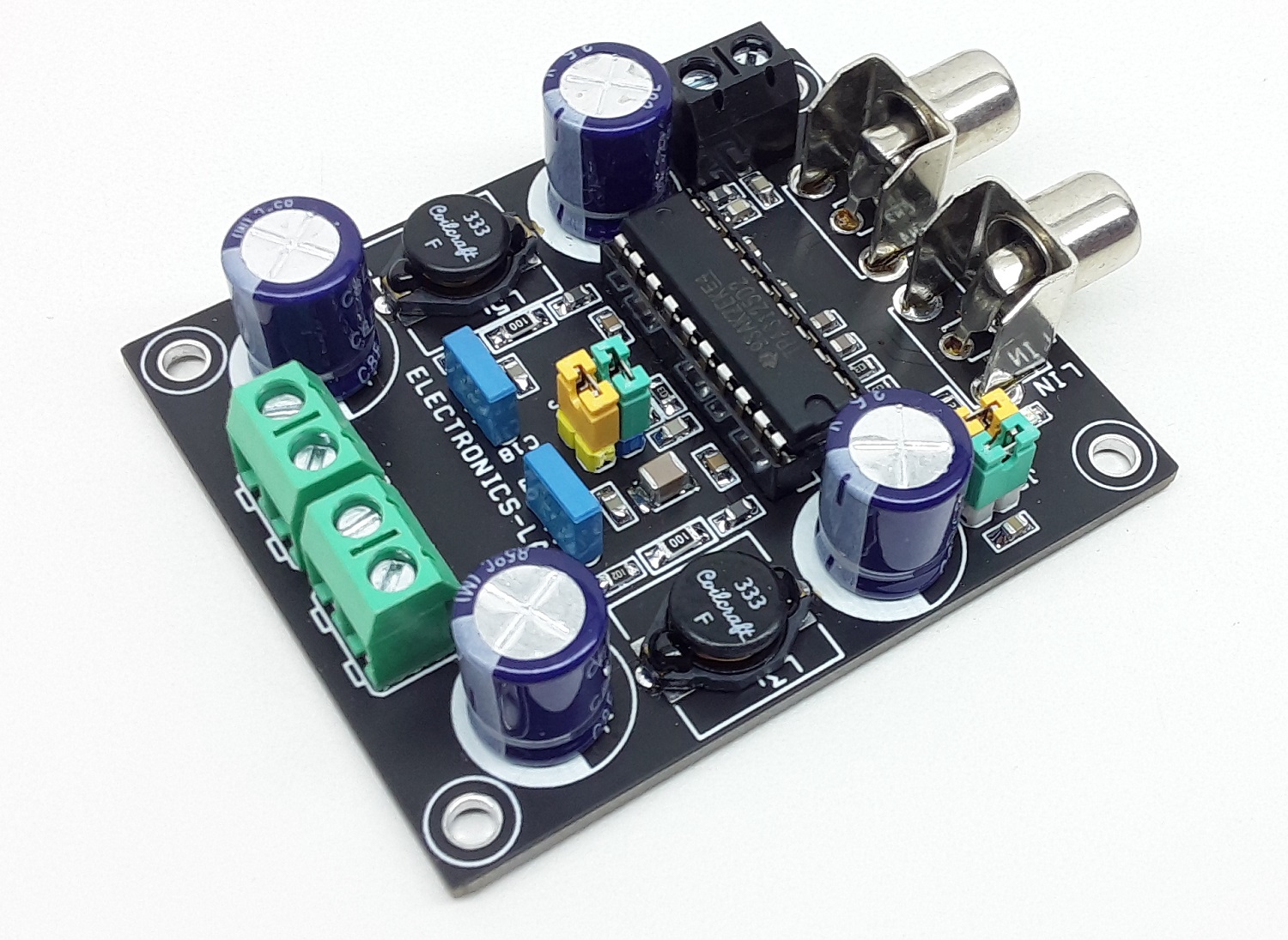

The other type which is most commonly used is the class D amplifier using Tl494 IC which is for pulse width modulation and includes an N-channel MOSFET transistor at the final stage of the amplifier. At the output, we can get a powerful high-frequency square wave that passes through a low pass filter (LPF) stage to obtain our final audio signal. With this arrangement, the input audio signal is simply modulated through a high-frequency carrier signal, after that it connects to a MOSFET gate drive IC which drives the gate terminals of two MOSFETs for both the low side & high side once. Similarly, when the signal is low then the output of the comparator is low. Once the input audio signal’s voltage is higher than the triangular wave’s voltage then the comparator’s output goes high. In the above audio amplifier diagram, the audio input is given at the inverting terminal (-) of the comparator and a high-frequency triangular signal is given at the non-inverting terminal (+). To understand the working of this amplifier, we have to learn how this amplifier works & how the switching signal is generated, For that, the following block diagram is explained. The block diagram of a Class D amplifier mainly includes four different modules like a comparator, MOSFET driver, an LPF or low-pass filter, and a speaker. These amplifiers hold high power efficiency than their predecessor devices such as class AB, class B, and class A. As these amplifying devices operate as perfect switching devices, no power and time will be wasted during the transition of phases in a zero input scenario. What is Class D Amplifier?Ĭlass D amplifier comes under the type of audio amplifier where the power management devices such as MOSFETs function as electronic switches.

Also, minimal circuit spacing, cost, and enhanced battery life made us understand many of its concepts like class D amplifier definition, circuit, efficiency, working principle, and advantages. The need for class D amplifiers such as minimal power dissipation when compared with other topologies like class A, class AB and class B allowed class D to use in multiple applications. The first IC-based class D amplifier was introduced by Tripath in the year 1996 and this version was widespread across various domains. The initial invention of the class D amplifier took place in the year 1950 by Alec Reeves, but the device was actually called by the name class D in 1955.


 0 kommentar(er)
0 kommentar(er)
